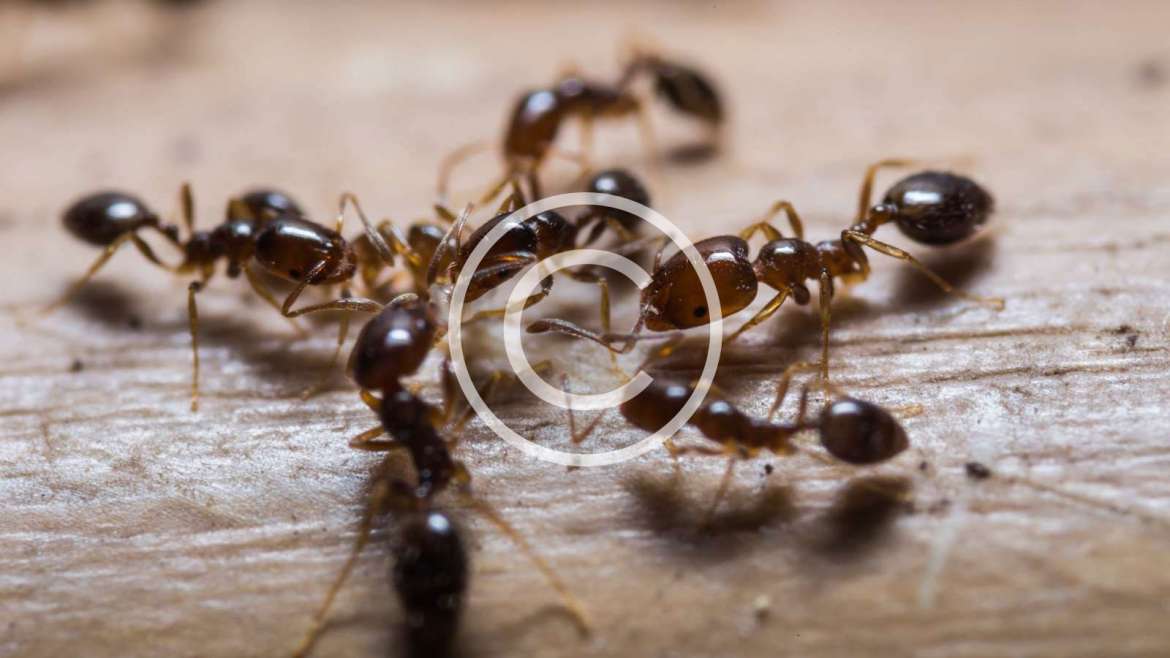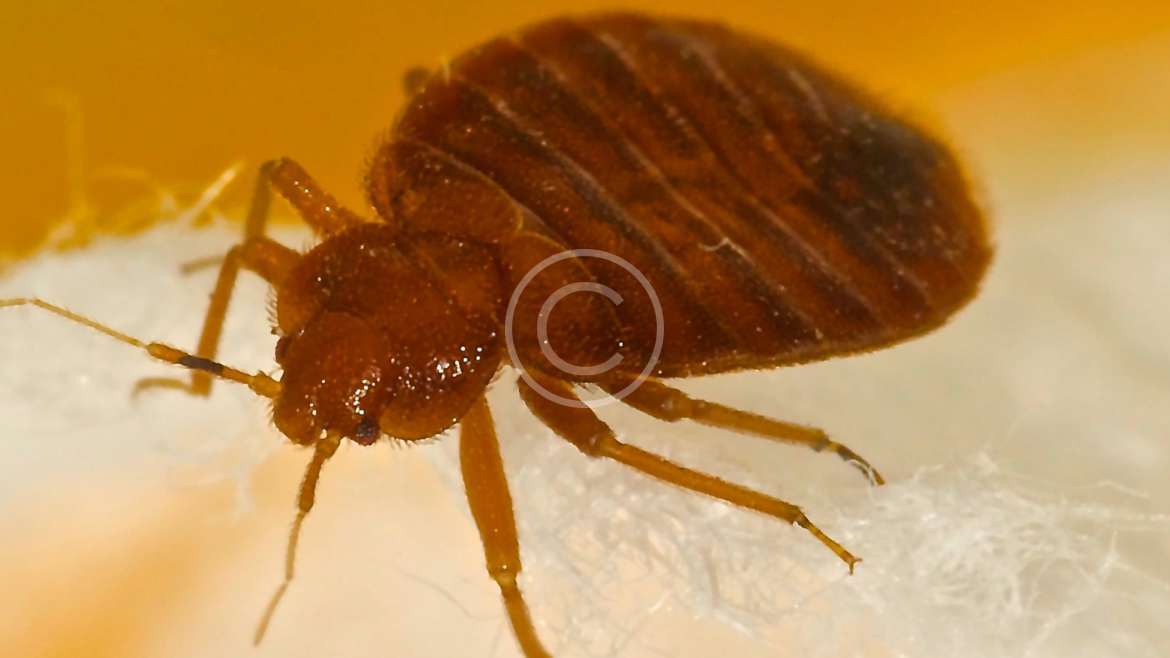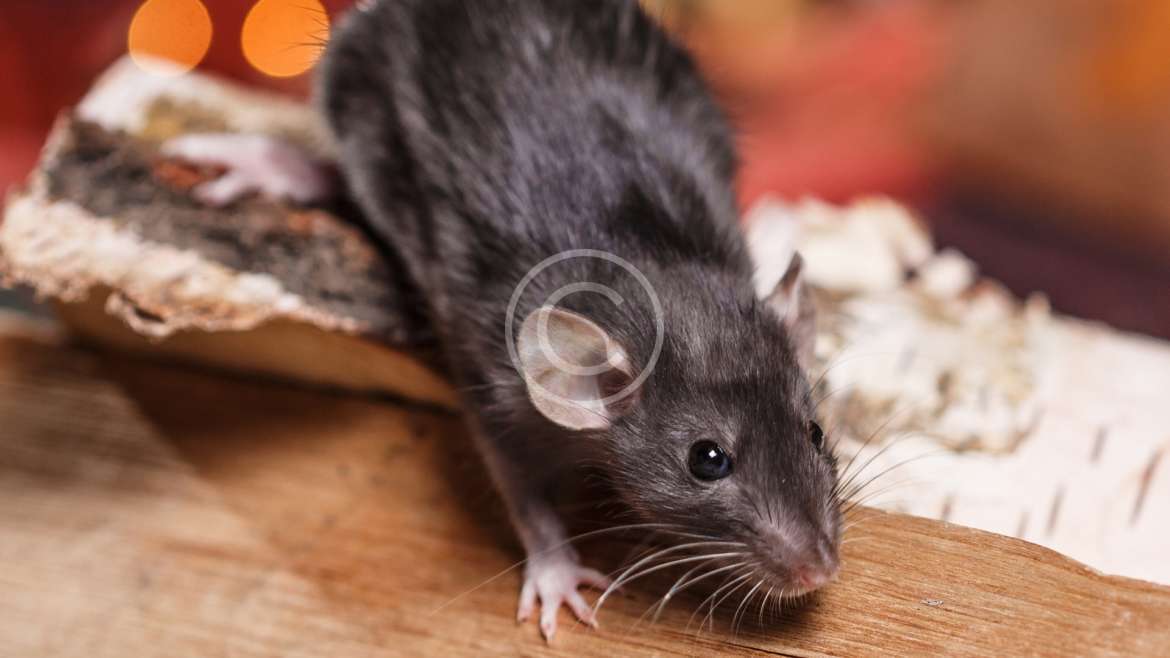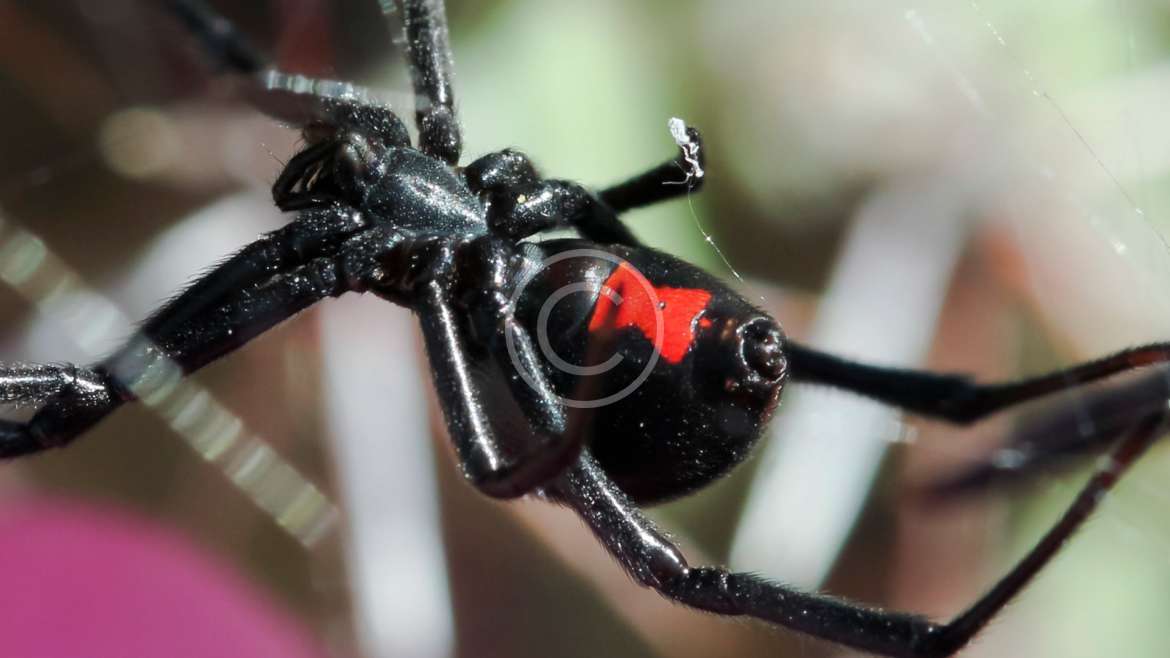House Fly
Normally dark, under 4 to 7.5 mm long with four dark stripes on the thorax.
Conduct, Diet and Propensities
They lean toward corners and edges or thin questions lay on. Inside, they lay on floors, dividers and roofs amid the day. Outside, they will lay on plants, the ground, wall wires, waste jars, and so forth. Night resting spots are more often than not close wellsprings of nourishment and 5 to 15 feet off the ground.
Wide assortment of nourishment, including human sustenance, creature nourishment and cadavers, trash and fertilizer.
Propagation
House fly eggs are laid in any warm, damp material that will supply suitable sustenance for the hatchlings. The female may lay a sum of five to six clusters of 75 to 100 eggs. In warm climate, eggs hatch in 12 to 24 hours.
Indications of a House Fly Infestation
The grown-up flies are the most widely recognized indication of action. Hatchlings additionally may be seen as they slither out the rearing material to pupate. Finally, the pupae themselves might once in a while be watched adjacent the reproducing material.
More Data
House Fly Actualities
The normal life compass for a house fly in the wild is under one month. Houseflies go through the egg, larval and pupal stages in around 10 days, after which grown-up flies develop. House flies stop development in the wake of rising up out of their pupae.
House flies are secured with little hairs that serve as taste organs. Their compound eyes are to a great degree complex: a huge number of individual lenses permit them a wide field of vision.
House flies are significant bearers of malady. They are known not more than 100 pathogens bringing about infirmities, including typhoid, tuberculosis, cholera and looseness of the bowels. House flies gather these pathogens on their legs and mouths when encouraging on excrement, refuse and other rotting material.
House Fly Control
House flies can be a genuine annoyance when they are flying around. Be that as it may, they can likewise transmit sicknesses, so it is essential to dispose of them. House fly control is not generally as simple as it sounds. There is regularly more included than a fly swatter. House fly control includes a few stages,
reproducing site could be something that is not self-evident. The rearing site must be tidied up or evacuated. In the event that the rearing site is not evacuated, the flies will keep on being an issue.
Conduct, Diet and Propensities
They lean toward corners and edges or thin questions lay on. Inside, they lay on floors, dividers and roofs amid the day. Outside, they will lay on plants, the ground, wall wires, waste jars, and so forth. Night resting spots are more often than not close wellsprings of nourishment and 5 to 15 feet off the ground.
Wide assortment of nourishment, including human sustenance, creature nourishment and cadavers, trash and fertilizer.
Propagation
House fly eggs are laid in any warm, damp material that will supply suitable sustenance for the hatchlings. The female may lay a sum of five to six clusters of 75 to 100 eggs. In warm climate, eggs hatch in 12 to 24 hours.
Indications of a House Fly Infestation
The grown-up flies are the most widely recognized indication of action. Hatchlings additionally may be seen as they slither out the rearing material to pupate. Finally, the pupae themselves might once in a while be watched adjacent the reproducing material.
More Data
House Fly Actualities
The normal life compass for a house fly in the wild is under one month. Houseflies go through the egg, larval and pupal stages in around 10 days, after which grown-up flies develop. House flies stop development in the wake of rising up out of their pupae.
House flies are secured with little hairs that serve as taste organs. Their compound eyes are to a great degree complex: a huge number of individual lenses permit them a wide field of vision.
House flies are significant bearers of malady. They are known not more than 100 pathogens bringing about infirmities, including typhoid, tuberculosis, cholera and looseness of the bowels. House flies gather these pathogens on their legs and mouths when encouraging on excrement, refuse and other rotting material.
House Fly Control
House flies can be a genuine annoyance when they are flying around. Be that as it may, they can likewise transmit sicknesses, so it is essential to dispose of them. House fly control is not generally as simple as it sounds. There is regularly more included than a fly swatter. House fly control includes a few stages,
reproducing site could be something that is not self-evident. The rearing site must be tidied up or evacuated. In the event that the rearing site is not evacuated, the flies will keep on being an issue.








Previous
Next








